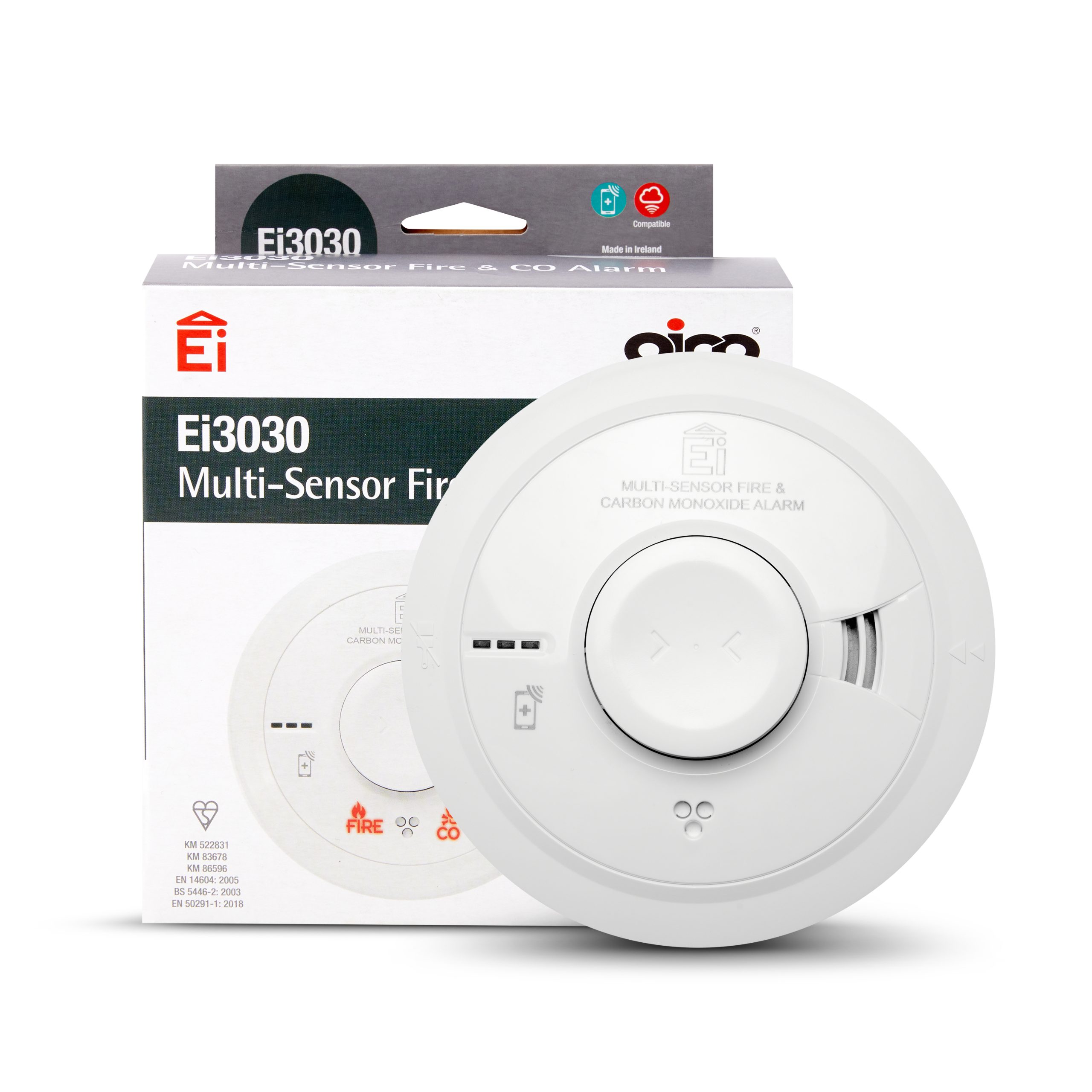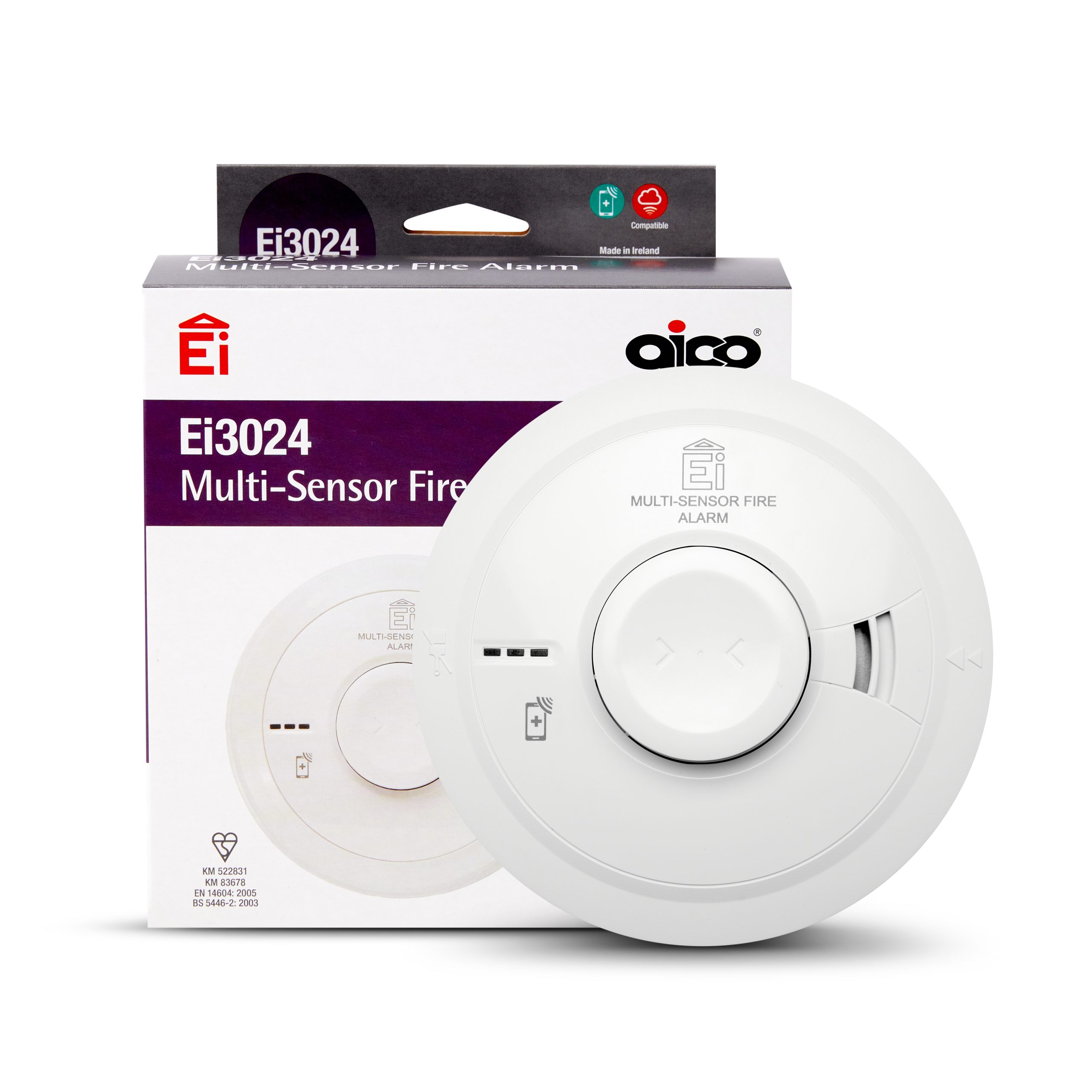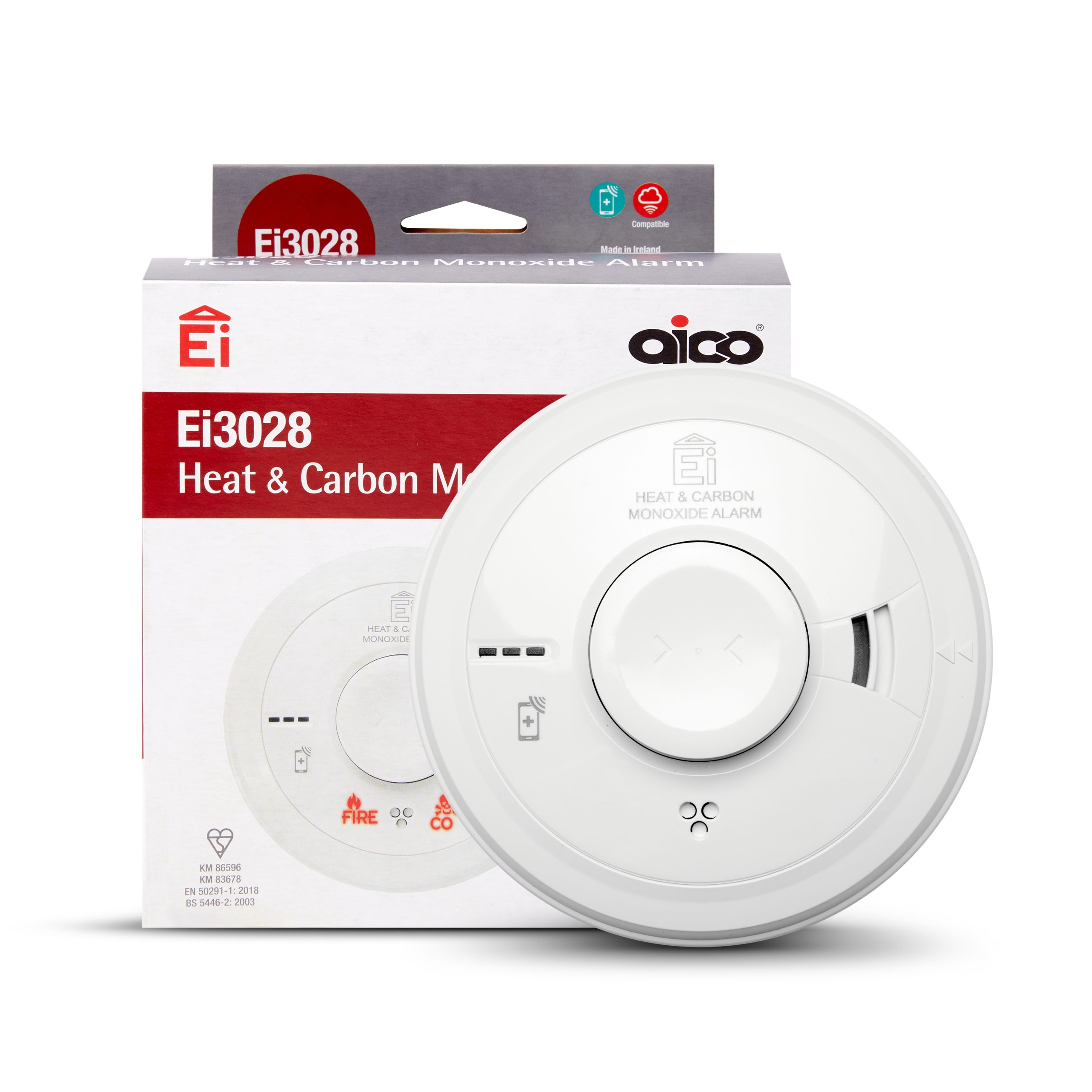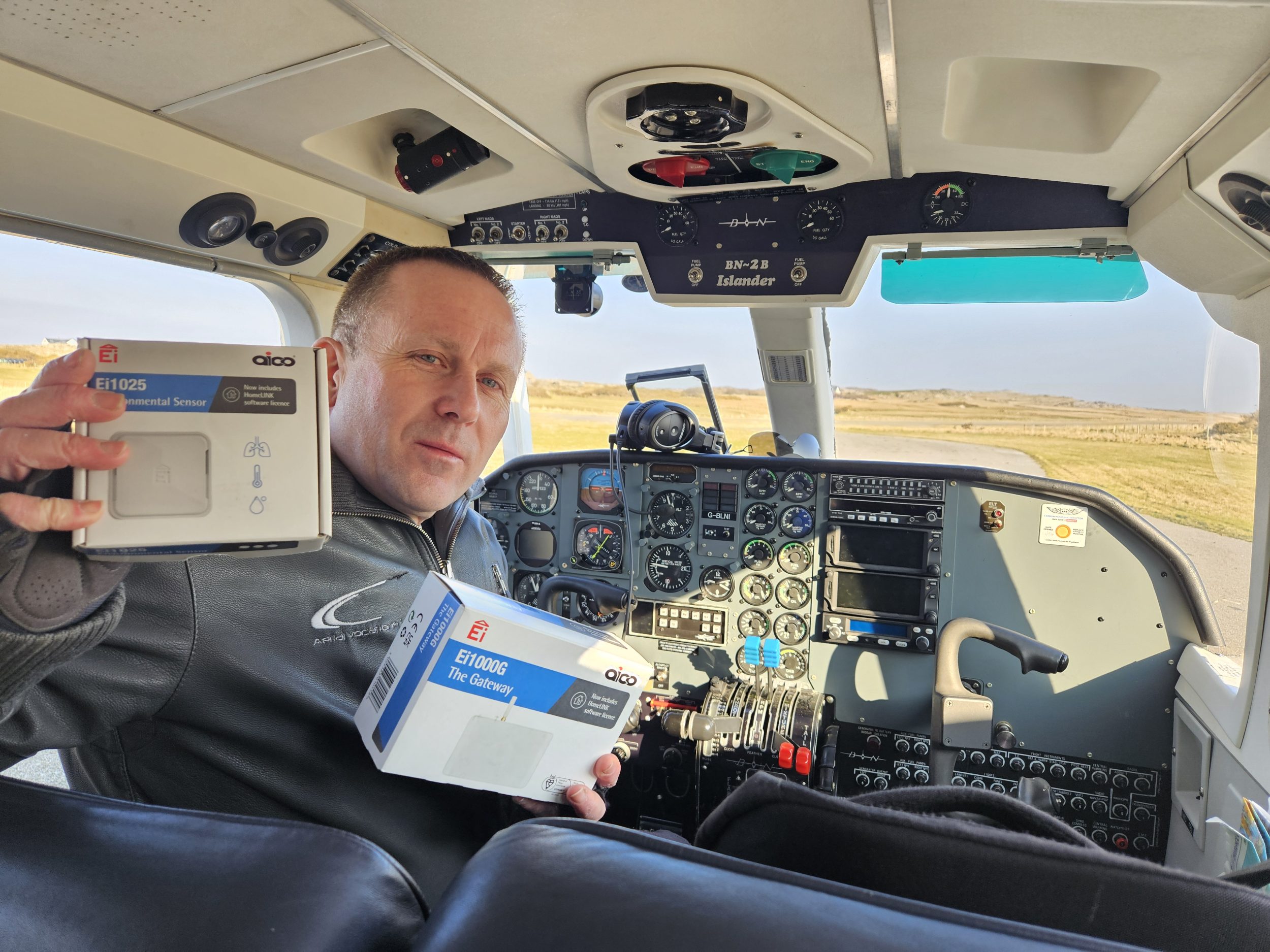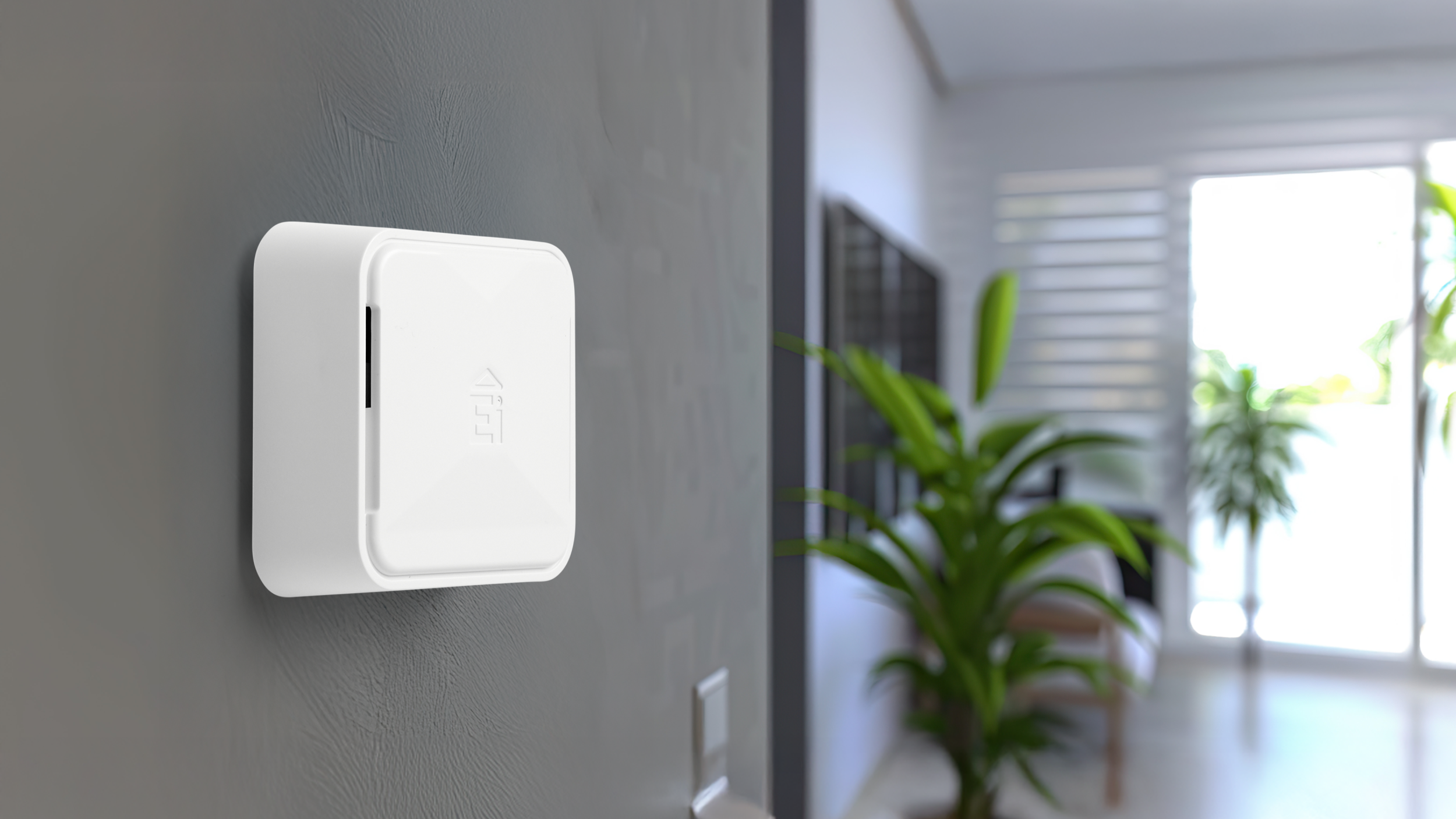Appreciate your data
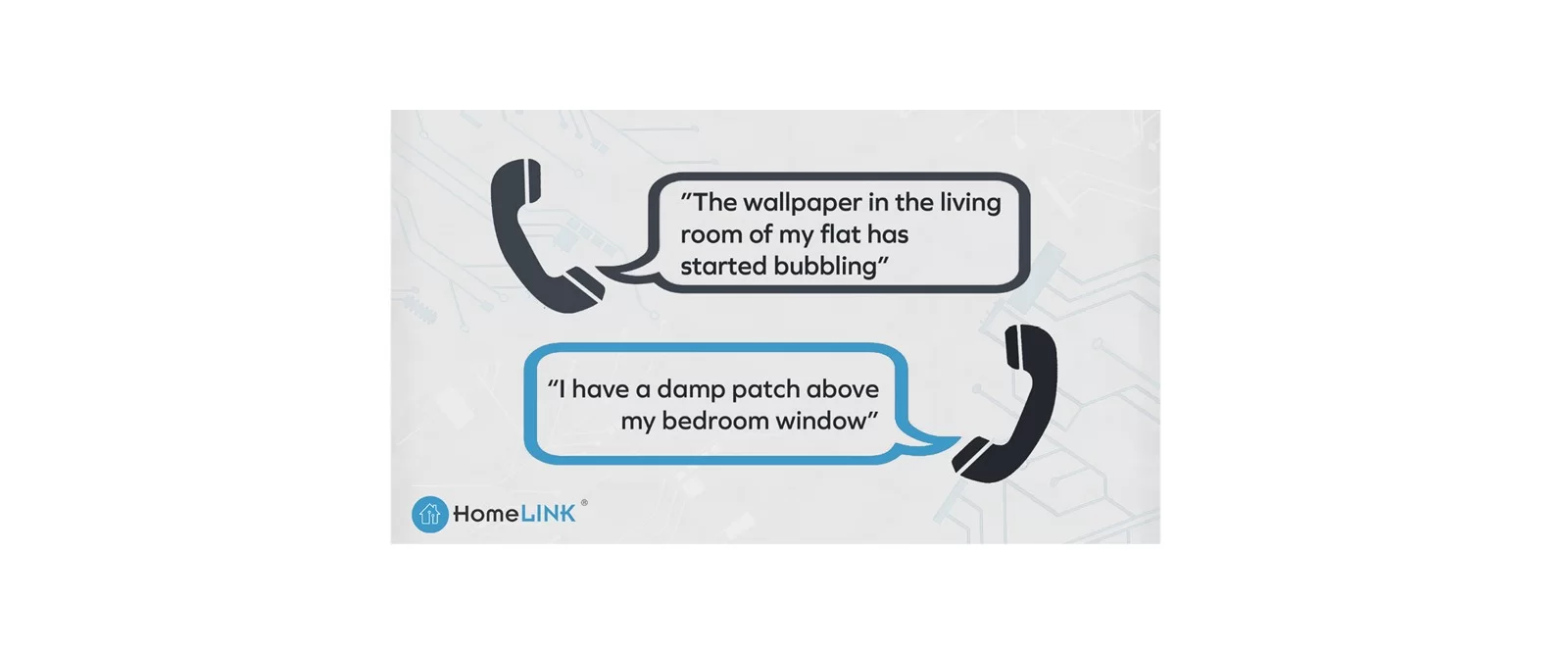
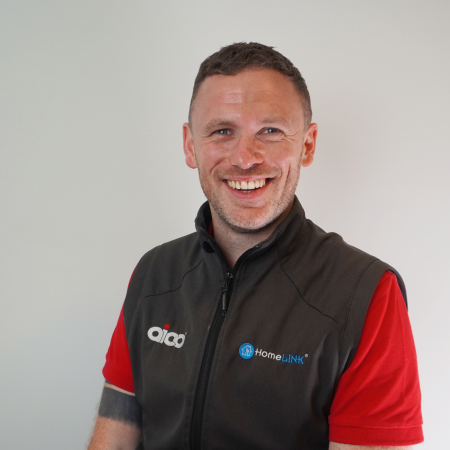
Posted On:
27th November 2020
“The wallpaper in my living room of my flat has started bubbling”
“I have a damp patch above my bedroom window”
Two very different quotes, but both realistic, potential reports from tenants received by their housing provider. And both feasibly explained by excess moisture being in the properties. We cannot expect tenants to be builders, plumbers or building surveyors and as such, to know what could be causing these issues or how serious they are, and neither of these anecdotes give enough information to form a justifiable position on which property requires priority over the other.
When you scale this situation up to even a small portfolio of properties, the situation becomes complex and expensive in both time and money.
————————————————————————–
But there is an alternative. What’s needed in this situation is data. Reliable figures that equate to the reality of what a property is actually experiencing.
The Internet of Things, or ‘IoT’, refers to a diverse, expansive ecosystem of devices that, at their core, all share the ability to communicate with one another. Typically, this means connecting to the internet in order to send and receive data. One of the earliest iterations of IoT’s modern form was developed by Rolls Royce, who utilised a multitude of sensors within their Jet engines to detect maintenance requirements mid-flight, allowing maintenance crews to be on the runway – with the right equipment and spare parts – before a plane even touched down.
————————————————————————–
I have only recently joined the HomeLINK team as Product Manager, coming from a company delivering IoT solutions to Data Centers throughout the UK. The business case for IoT solutions has been an easy one in that sector for some time now and the innovation by the likes of Data Centers and Rolls Royce has led to high quality sensors being available at low cost, allowing for wide-scale deployments with an excellent business case and giving rise to the connected home.
————————————————————————–
That leads us back to our two tenants. By installing environmental sensors connected to HomeLINK’s web-based software in both properties, the temperature and humidity can be monitored, recorded and analysed by the housing provider to give quantitative and comparable data regarding the conditions in each. Both the anecdotes speak of damp or high humidity issues which could have been identified before ‘damp patches’ even formed; by collecting this data, the landlord can prioritise maintenance visits, schedule mutually convenient times and avoid expensive emergency repair costs, as well as improve resident health and wellbeing and potentially stop any future disrepair claims under Fitness for Human Habitation legislation.
————————————————————————–
This is the first in a series of blogs that will discuss data collection – the benefits but also the ethics behind it – and what to do with the data now we have it. We’ll look at how it can help move from reactive to proactive maintenance and how HomeLINK use Machine Learning to get the most from the available data.
by Jordan Toulson, Product Manager at HomeLINK.

Jordan is a self-confessed geek and can often be found roaming the countryside with his dog, Pippa.
